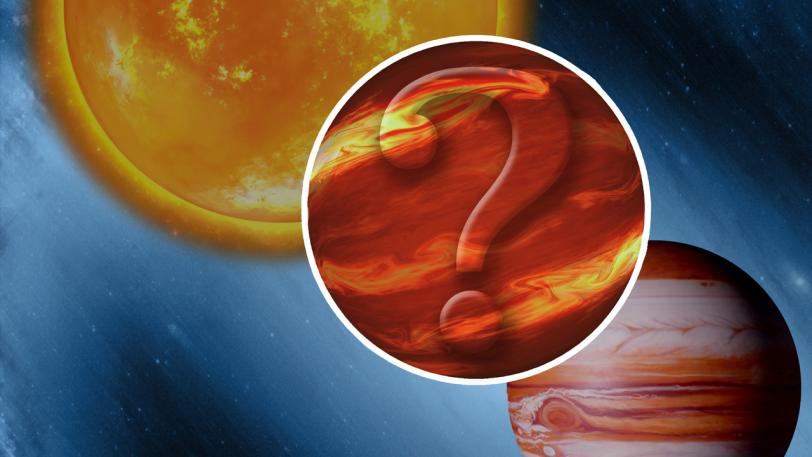Giant planets can be up to 13 times the mass of Jupiter, while the least massive stars are about 80 times the mass of Jupiter. In between are objects called “brown dwarfs” – too massive to be called planets, but not massive enough to burn hydrogen and shine like stars. Since 1994, a few thousand brown dwarfs have been observed close to us in the galaxy. But, what are they? Are they more like half-pint cousins of stars, or more like overgrown planets? This lecture will explain how we observe and study brown dwarfs and what we have learned about them. It will describe clues to their nature from their composition and their evolution over time, and the insights they give us into how stars and planets are born.
Brown Dwarfs: Failed Stars or Overachieving Planets?
Presented by Eric Nielsen
About Eric Nielsen
Eric Nielsen is a research scientist in the Kavli Institute of Particle Astrophysics and Cosmology at Stanford University. He obtained his PhD in astronomy at the University of Arizona, and was a postdoctoral researcher at the University of Hawaii at Manoa and the SETI Institute. His research interests include searches for exoplanets, brown dwarfs, and the demographics of giant planets. He has collaborated in a number of planet-hunting surveys, trying to directly image giant planets around young nearby stars, including the ongoing Gemini Planet Imager Exoplanet Survey (GPIES) using the Gemini-South Telescope in Chile. This work includes the discovery of 51 Eridani b, a planet two-and-a-half times more massive than Jupiter. Nielsen is working to apply lessons learned from these ground-based surveys to future space-based missions that will image planets similar to Jupiter and Earth found orbiting distant stars.
Registration is not required. Seating is on a first-come, first-served basis.
We will also be streaming the lecture live onour Facebook page a few minutes before the start time.
Brown Dwarfs: Failed Stars or Overachieving Planets?
Presented by Eric Nielsen

Brown Dwarfs: Failed Stars or Overachieving Planets?
Public lecture presented by Eric Nielsen
SLAC National Accelerator Laboratory
12:30–1:30 p.m. PDT